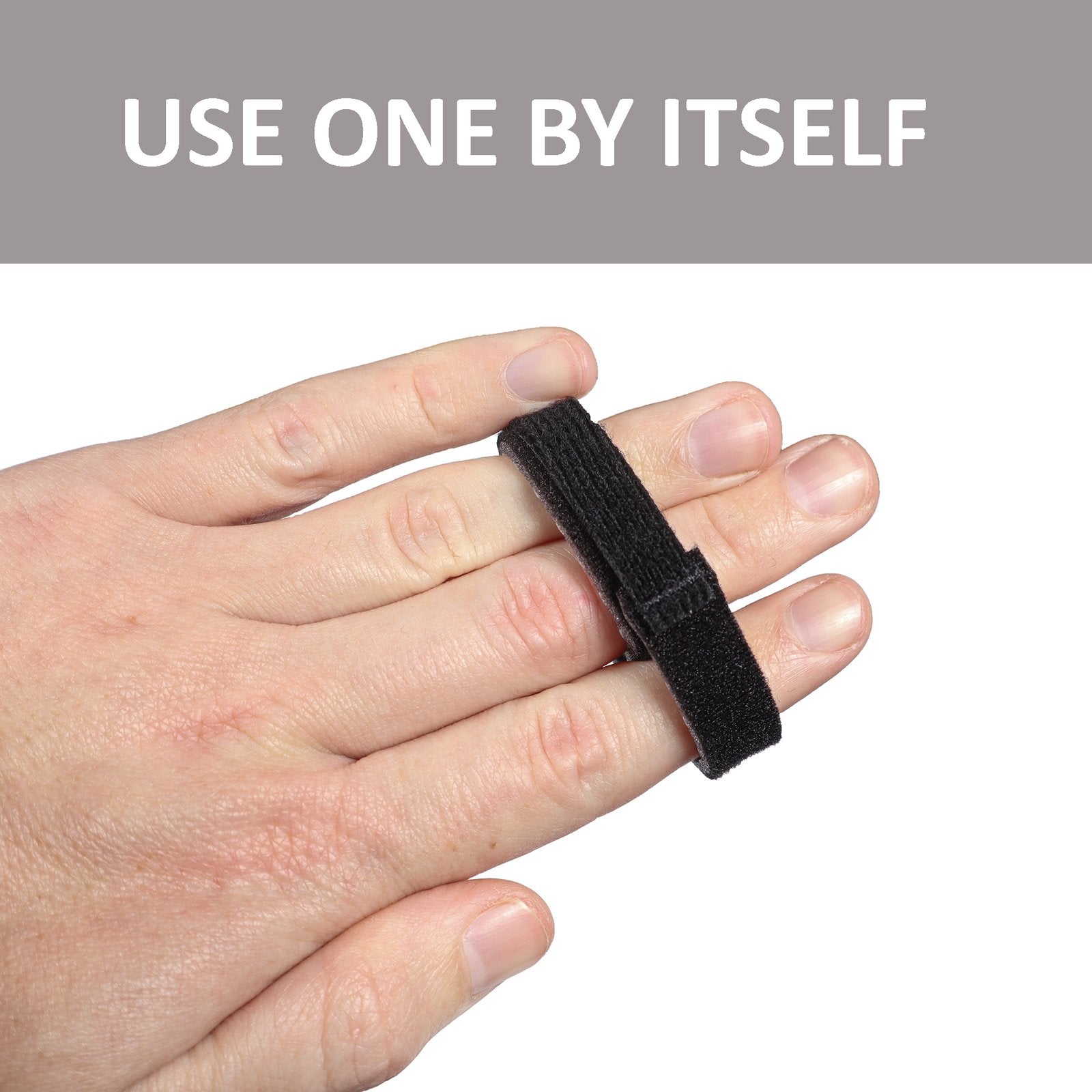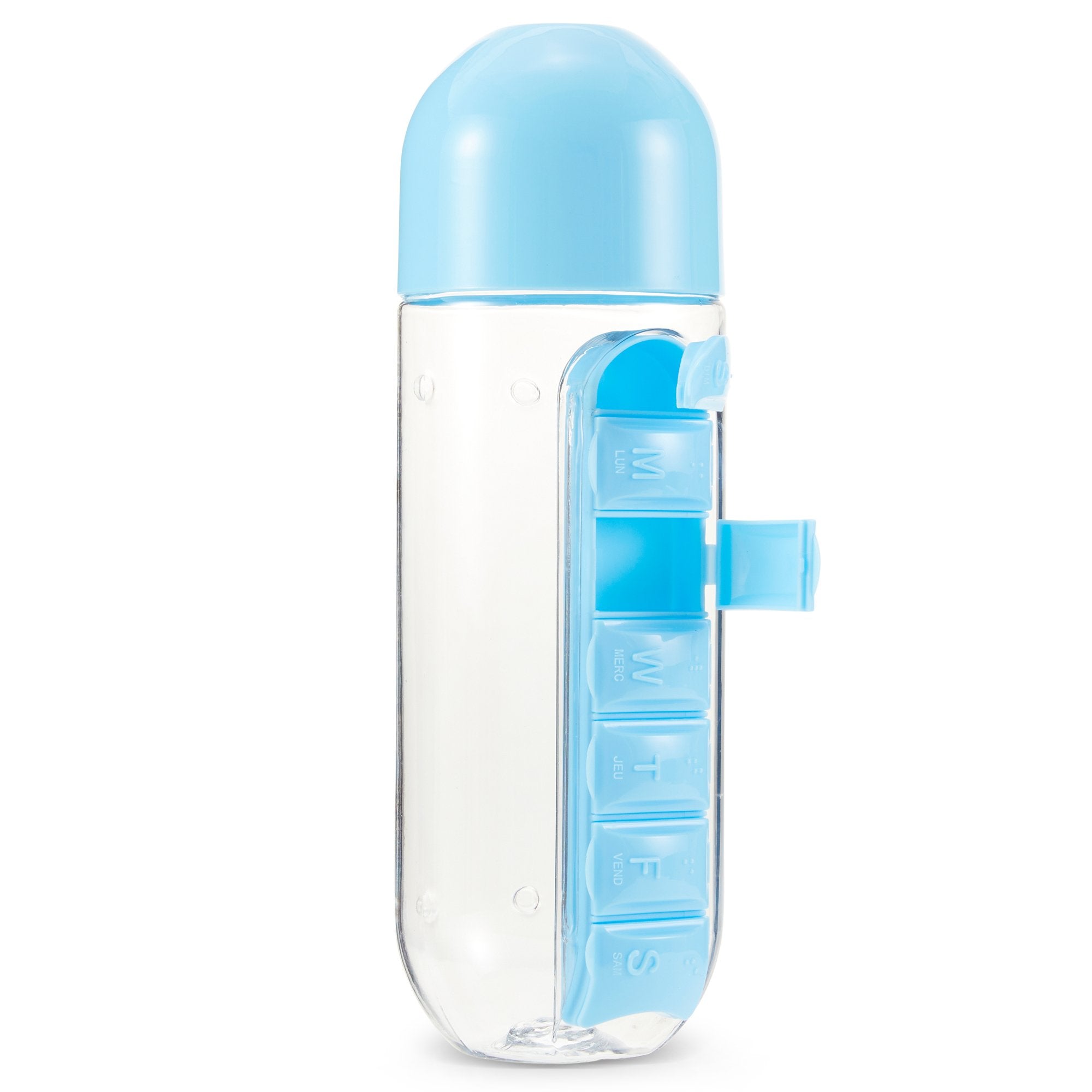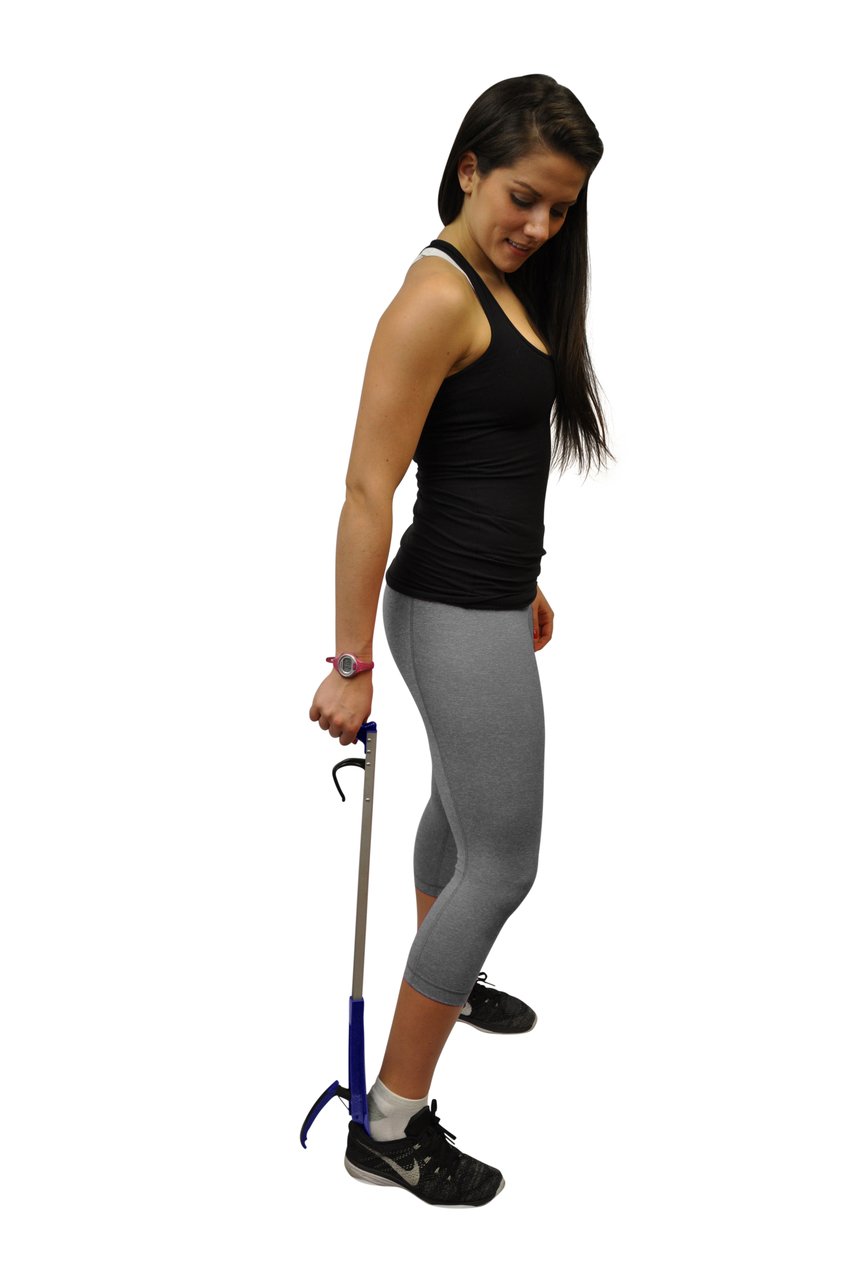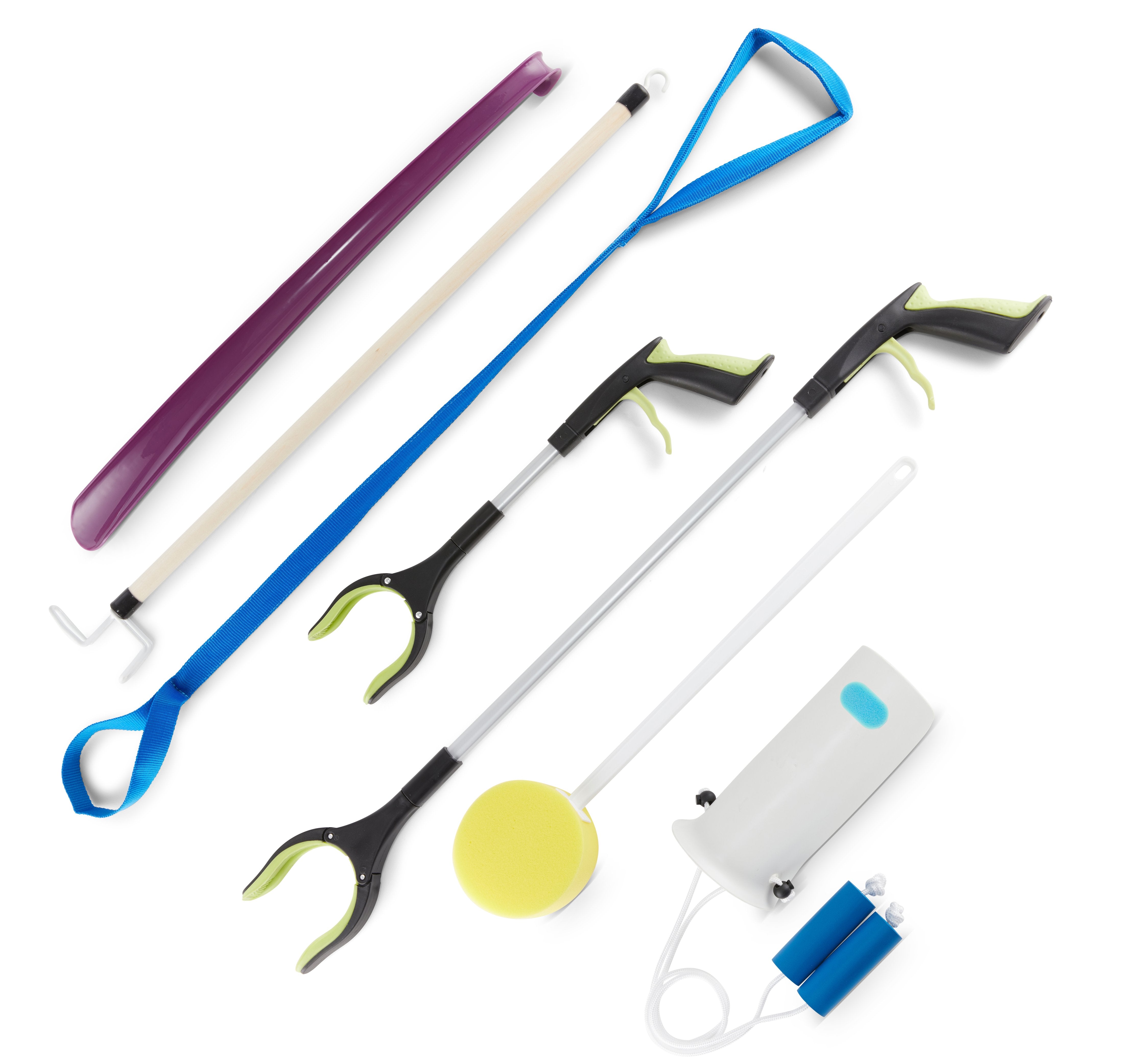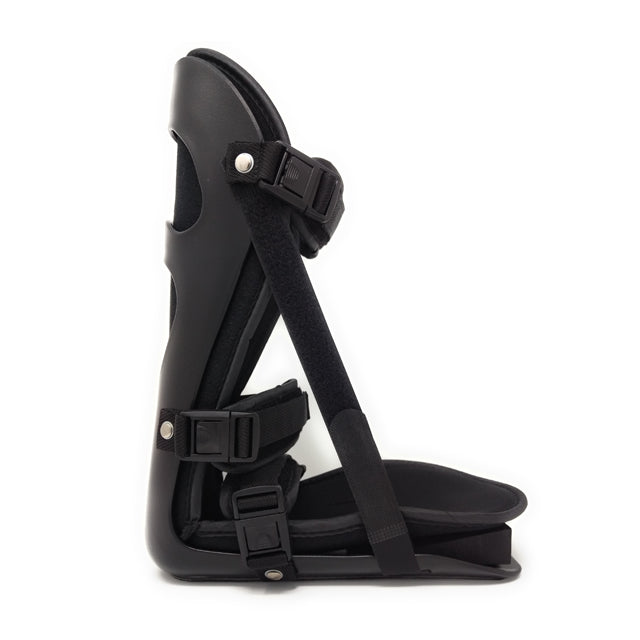
Posterior Night Splint vs. Dorsal Night Splint
When trying to deal with the discomfort and pain associated with plantar fasciitis many doctors recommend their patients sleep with a plantar fasciitis night splint. While it won’t heal the ailment on its own, the popularity of using a night splint as part of the treatment is because the night is when the plantar fascia relaxes and contracts. This is why your plantar fasciitis pain is most acute when you wake up in the morning; your plantar fascia rests in extension and when you need to get up in the morning it’s in a state of contraction. Ouch!
What do plantar fasciitis night splints do? They keep the bottom of your foot in a stretched position so when you wake up there’s no painful contraction. And they work. In a recent poll conducted by MarsMedSupply.com, 47% of respondents said that a night splint has been effective in helping them heal their plantar fasciitis.
So if you’re in the market for a night splint here’s what you need to know. There are two kinds of basic night splints made for dealing with plantar fasciitis: a posterior night splint and a dorsal night splint. What’s the difference between them? Here’s a short rundown of how each of their functions and why some people prefer one over the other, based on our own customer feedback.
Posterior Night Splint
The posterior night splint is the more tried and true version of the plantar fasciitis night splint. It’s the more commonly used and prescribed splint by doctors, and has been around for longer. It’s basically a boot that you place your foot into and strap it down; the boot provides a stretch to the plantar fascia while you rest/sleep so that it doesn’t get aggravated. The boot comes in 3 sizes and you can adjust the stretch provided by the boot in the event that there’s too much pressure on your foot.
The biggest downside of the posterior night splint is that it’s bulky and some people find it uncomfortable to sleep in. That being said, most people are able to get used to it and find it to be a great way to help heal their plantar fasciitis. Some people also complain of toe numbness when wearing the splint. This can usually be relieved by either loosening the strap that is near the toes or by loosening the straps to take away some of the stretch.
Dorsal Night Splint
The dorsal night splint on the other hand is a newer product that is definitely not bulky and is more comfortable. It also provides a good stretch, though some people find that it doesn’t stretch the foot as much as the posterior night splint does.
While some people say their foot slips out of the dorsal night splint during the night this isn’t an issue with the Mars Wellness dorsal night splint which has an added strap that goes around the back of the heel to keep the splint in place overnight.
Aside from it providing a little less stretch than the posterior splint, the dorsal splint is also limited in size; it comes in 2 sizes, small/medium and large/x-large, and is not recommended for anyone who wears a shoe that’s size 10.5 or above. This product also is not recommended if you have wide calves as it is pretty narrow.
________
Both splints are great options and will go a long way towards plantar fasciitis relief. Just one word of caution: it can take a few days to get used to the stretch provided from the splints and doctors recommend a period of getting used to the splint; wear it at first for a couple of hours at a time and then, once you get used to it, you can where it for the entire night.

